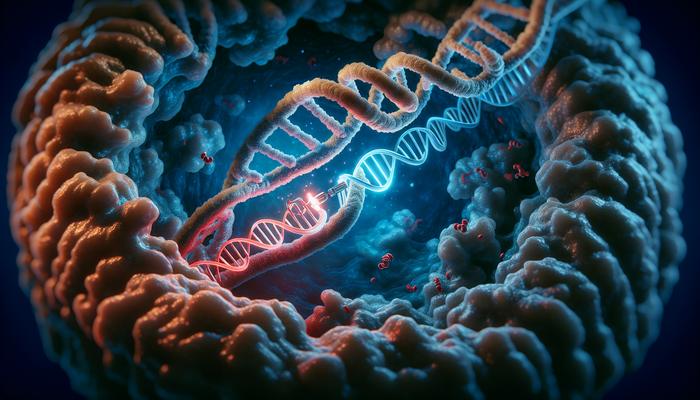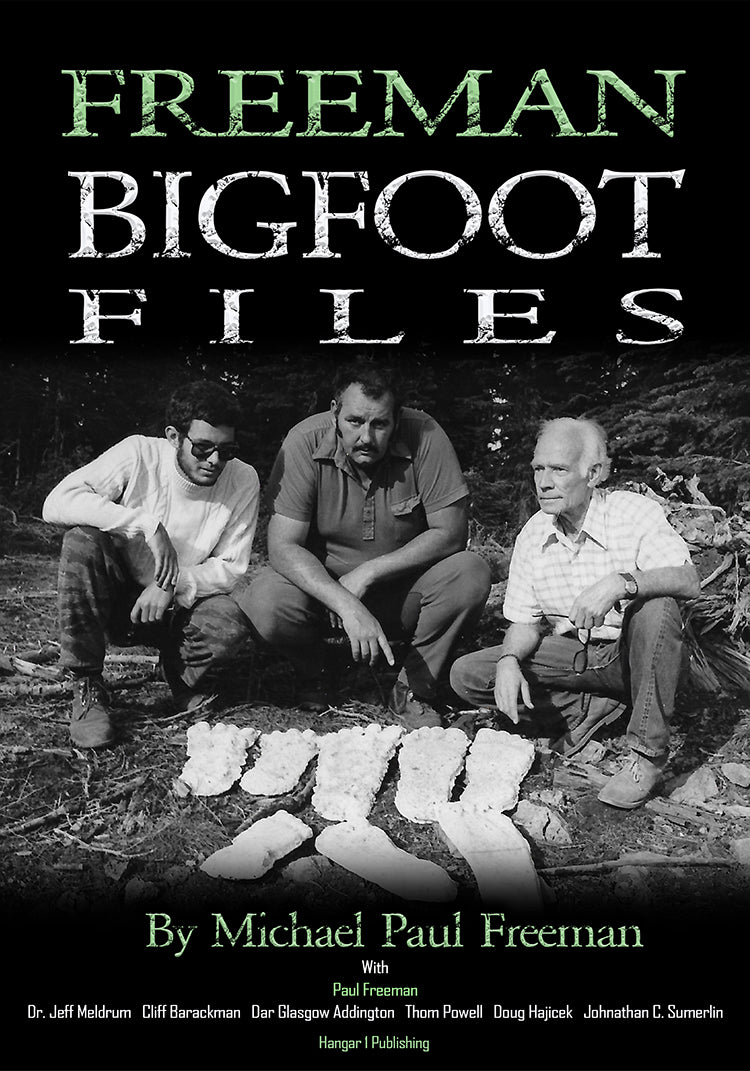From Viking to Cheyava Falls: The Scientific Hunt for Microbial Life on Mars

By Sanjay Kapoor, Ufologist
Greetings, everyone. Sanjay here. If you hang around the astrophysics department long enough, you learn that the universe is usually quiet, indifferent, and mostly made of gas. But every once in a while, it screams at you. We might have just heard a whisper.
By now, you have likely seen the headlines from September 10, 2025. The Perseverance rover has found something in Jezero Crater that made even the most stoic planetary scientists sit up straight. We are talking about potential biosignatures in a rock named Cheyava Falls. But before we break out the champagne or call the press, we need to look at the raw data. I want to walk you through what we actually found, why it matters, and importantly, why we have been fooled before.
The Leopard Spots of Jezero Crater
Finding a rock on Mars is easy. Finding a rock that looks like it has been chewed on by microbes is another story. In July 2024, Perseverance drilled into a reddish rock within the Bright Angel formation. What the cameras sent back were distinctive patterns that the team immediately nicknamed leopard spots.
On Earth, these kinds of spots form when microbes use chemical energy trapped in rock to survive. But morphology (shape) is never enough proof in physics. We need chemistry. Perseverance used its PIXL instrument to map the elemental composition of these halos. The data showed rings rich in iron and phosphate.
Specifically, we are looking at minerals called vivianite and greigite. When you find these two together on Earth, it is often a sign of redox-driven biological activity. But the rover didn't stop there. The SHERLOC instrument fired its deep-UV laser and confirmed that these mineral spots are spatially correlated with aromatic organic molecules.
This is what we call a class-3 detection on the CoLD scale (Confidence of Life Detection). It is a feature consistent with biology, but we haven't ruled out non-biological explanations yet. The rock is particularly rich in organics compared to everything else we have seen, which is promising. However, Joel Hurowitz and the science team are rightly being careful. They emphasize that while this is the best evidence so far, we cannot scream "aliens" until we get that sample back to a lab.
The Ghost of Viking: Why We Trust Nothing
To understand why I am cautious, you have to look at the history. We have been burned before. In 1976, the Viking landers ran the Labeled Release (LR) experiment. It mixed Martian soil with nutrients and watched for radioactive gas release-a sign of metabolism. It worked. The signal came back positive.
The initial excitement was massive. Gilbert Levin, the principal investigator, thought we had found life. But there was a problem. The other instrument, the GC-MS (Gas Chromatograph-Mass Spectrometer), was supposed to find the organic bodies of those microbes. It found nothing.
For decades, we thought the LR result was just exotic chemistry. It turns out, we were half right. In 2008, the Phoenix lander discovered that Martian soil is 0.4% to 0.6% perchlorate salts. Perchlorate is a nasty oxidant. When Viking heated that soil to look for organics, the perchlorate likely combusted everything.
We destroyed the evidence we were looking for. The chloromethane Viking detected wasn't contamination; it was likely the charred remains of Martian organics. Reanalysis suggests those samples did contain organic compounds. Even the gas exchange data and biological investigations from that era make more sense now that we understand perchlorate chemistry. The release of trapped oxygen fooled us. This failure to understand the soil chemistry set the field back by thirty years.
Curiosity's Chemical Puzzle
We learned our lesson. The Curiosity rover went to Gale Crater with better eyes. In 2015, its SAM instrument found chlorobenzene and dichloroalkanes-the exact byproducts we would expect if perchlorates were reacting with organics. We also found complex organic matter preserved in 3-billion-year-old mudstones.
More recently, a 2025 paper detailed the detection of long-chain alkanes. We are talking about carbon chains C10 to C12 found in the Cumberland mudstone. These look suspiciously like fragments of fatty acids, which are key components of cell membranes. Finding molecules of this length is rare.
Curiosity also sniffed out benzoic acid and ammonia, hinting at indigenous nitrogen. But the real head-scratcher is methane.
The Methane Paradox
On Earth, methane usually means life. Curiosity's Tunable Laser Spectrometer (TLS) has repeatedly seen seasonal variations and massive spikes of methane, some reaching 21 parts per billion. I remember when the data came down in June 2019; it looked like a localized plume.
But here is the twist: The ExoMars Trace Gas Orbiter (TGO), which is specifically built to hunt this gas, sees nothing. It sets the upper limit at 0.02 ppbv. How can one robot see huge spikes while the orbiter above sees zero? Comparing the measurements is frustrating. Some argue the methane is destroyed rapidly near the surface, or that it varies sub-diurnally (at night) when the orbiter isn't looking.
However, a 2025 re-analysis of the TLS data suggests a more depressing possibility: the methane might be leaking from the instrument itself. If the gas is coming from the rover, our reliable detections might just be a very expensive false alarm.
The Abiotic Doppelgängers
We have to be honest about the imposters. Non-life can do impressive tricks. The universe rains carbon on Mars constantly via micrometeorites. We also know that hydrothermal processes like serpentinization can produce hydrogen, which reacts with CO2 to make hydrocarbons. This is called Fischer-Tropsch synthesis.
Here is a quick breakdown of what we are up against:
| Source | The Mimic | How We Tell the Difference |
|---|---|---|
| Meteorites | Delivers organic carbon and simple amino acids. | Isotopic ratios (deuterium) and chirality (left vs. right-handedness). |
| Geology | Shock decomposition of siderite can create magnetite crystals. | Context. Biology creates crystals with very specific, pure structures. |
| Photochemistry | UV light breaks down CO2 to form simple organics. | Concentration. This process is slow and diffuses material widely. |
The Radiation Barrier
If you are standing on Mars, you are being bathed in radiation. Curiosity's RAD instrument measured the dose at 76 mGy/year. A 2022 study confirmed that this level of gamma radiation destroys amino acids in the top layer of soil incredibly fast.
This is why the surface might be a graveyard of broken molecules. But the models also show hope. If you drill just 2 meters down, the survival time for organics jumps from millions to billions of years. This is the logic behind the ExoMars Rosalind Franklin rover. It is bringing a drill to access that pristine subsurface. The MOMA instrument on board is designed to find chiral molecules down there, protected from the harsh surface.
The Wait for 2033: Sample Return
So, is the Cheyava Falls rock proof of life? Not yet. To get to CoLD Level 7-confirmed life-we need to bring the samples home. Perseverance has cached 33 sample tubes, including the pivotal "Sapphire Canyon" core from Cheyava. The updated architecture for the Mars Sample Return (MSR) mission targets an Earth return in 2033.
When those samples land, they are going straight into a Sample Receiving Facility. This isn't just a clean room; it is BSL-4 equivalent containment. We are treating this as a Restricted Earth Return. The goal is to break the chain of contact so that not a single unsterilized particle escapes. The probability of release has to be less than one in a million.
Lessons from the Fringe
We have to remember the ALH84001 meteorite. In 1996, we thought we saw microfossils and magnetite crystals that looked biological. It went all the way to President Clinton. But over time, we found that abiotic heating could create similar crystals. The debate over that rock is still ongoing, but it taught us that looking like life isn't enough.
Yet, the plausibility of life remains high. We see microbes surviving in the Atacama Desert inside salt crystals. We see them in the Antarctic Dry Valleys. Life is tenacious. If it ever started on Mars, the Bright Angel formation is exactly where it would hide.
The next decade is going to be a test of our patience. The data from Cheyava Falls is the strongest signal we have ever had, but the proof is a physical sample, sitting in a tube on another world, waiting for a ride. Until 2033, we watch, we drill, and we wait.
From Bigfoot to UFOs: Hangar 1 Publishing Has You Covered!
Explore Untold Stories: Venture into the world of UFOs, cryptids, Bigfoot, and beyond. Every story is a journey into the extraordinary.
Immersive Book Technology: Experience real videos, sights, and sounds within our books. Its not just reading; its an adventure.


























